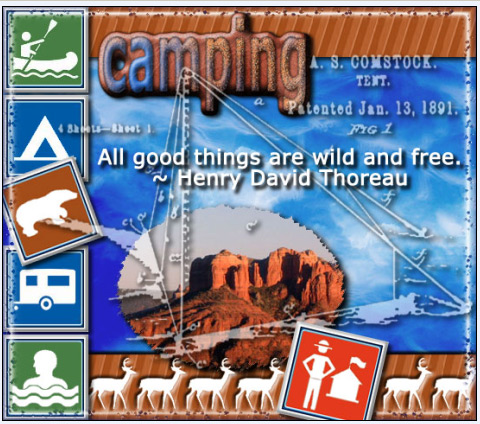
Dry Fork of Coyote GulchDry Fork of Coyote Gulch, rated as II-III Class 3 as per canyon rating system, has three stunning and fine sub-streams—Peekaboo, Spooky, and Brimstone Gulches. These three combine to make it one of the largely visited canyons of the Escalante. But the principal canyon does have many slot-like portions of its own—alternate with bottomless, enhanced dimensions, with upright Navajo sedimentary rock walls, plots of flashing green shrubbery, sandbanks, and boulder shores. The distance is around 9 miles from the Hole-in-the-Rock-Road to the linking with the larger Coyote Gulch, and it will take at least two days to completely explore the gulch and sideward canyons. The primary canyon—Dry Fork of Coyote Gulch—crosses the Hole-in-the-Rock-Road twenty-four miles from UT 12, passing to the Early Weed Bench trailhead and immediately following the signposted. You can start subsequent hike henceforth. Though a drive of two miles further Southeast and a couple of miles along a side path is more conventional that ends at the terminus of a low cliff-like ridge of land, approaching to the gulch. The path is a slightly uneven in places, but normally all cars can reach the trailhead. The land it crosses is purely horizontal and some parts of the road have many equidistant sets of tracks—vehicles deviate from the inner line due to furrows. From the parking block at the finish point of the road, you will find a clear-cut track winding down an elevated escarpment, along a small gully into the Dry Fork canyon. The longest area of narrows finishes just uphill—the gulch about 2-3 meters is open, sufficiently deep to be in dark for most of the day and appropriate to be quite soggy with many pools up to 2 feet deep. This portion of the canyon is a bit time consuming section—takes 20 minutes to explore, though it still is a well-visited part. Following the access point, Dry Fork connects with the smaller sub stream of Peekaboo Gulch, then following some deep twists by the larger Spooky Gulch. Instantly, the main canyon tightens again, and another fine path opens, in the centre of which is a big pebble with a 3 meter high drop ahead. You have to cross several pools and stretches of gluey mud before the canyon becomes clear again. Following is a clearer portion with a few precise, slot-like sub streams, followed by the third major fine portion of Dry Fork. From here to the Coyote Gulch, the meeting point is open, usually with substantial greenness. Spring or Fall are the best-liked seasons for getting maximum enjoyment, though you can explore the place even in summer—the slots are well shaded. You must equip yourself with wading shoes and a ski pole, so that you can take assistance inside the canyon. Also, do not forget to bring volumes of water—there is no water available in the canyon. |
|
|
Slot Canyons What is a Slot Canyon? Products Antelope Canyon

